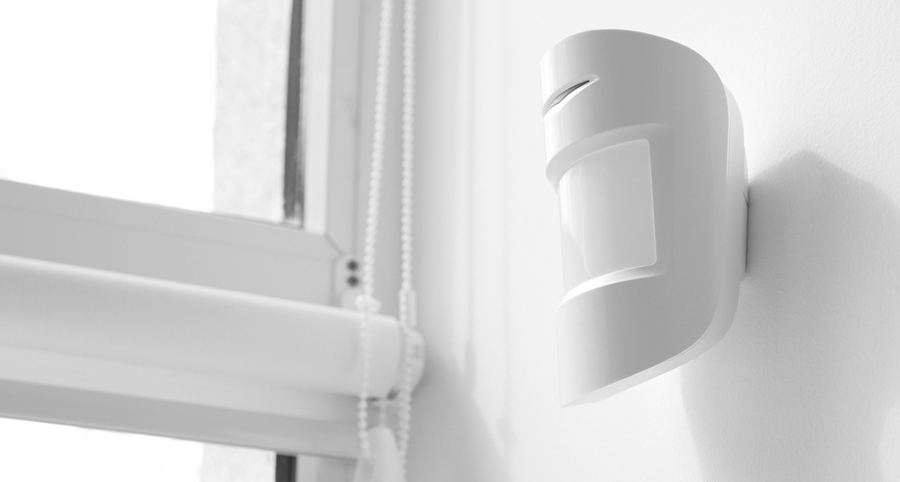
Want To Know How Motion Sensors Work In Bowling Green?
You understand the fundamental objective of motion sensors is to signal your alarm when some form of action is recognized. However, the question still remains: How do they work? What kind of technology is involved, and do you really need them? This simple explanation will respond to your questions and offer clarity on why these implements are such an indispensable facet of your home’s security.
In What Ways Are Bowling Green Motion Sensors Used?
Standard in-home motion sensors will look for movement within a set distance between six to 70 feet. If required, you can locate models that can increase your protection even more. These tools are commonly incorporated into other elements like outside flood lights. Whenever they observe unusual activity, they signal your lighting and brighten your surroundings.
Along with flood lights, you’ll also see motion sensors in video cameras like the ADT outdoor security camera. This powerful camera may be programmed to dispatch updates and even video clips to your mobile device when movement is detected.
Active Motion Sensors
Active sensors, as you might expect, actively discharge a type of wave or signal and then measure the speed of the reply. Whenever there is a change in the rate of response, motion is indicated and your alarm system is warned. Microwave sensors are the most widespread kind of active device. You might also come across ultrasonic sensors that employ sound waves and reflective sensors that assess the response rates of infrared light.
Passive Infrared Motion Sensors
One of the other most prevalent types of motion detectors in Bowling Green is the passive infrared --or PIR-- motion sensor. Unlike active devices, they won’t constantly discharge a signal. Alternatively, they can discern temperature changes within a designated space. A rapid heat increase, like someone sneaking across a room, will trip the passive sensor.
When compared to active types, PIR devices need less power, are easier to run, and cost less. As an additional advantage, you are able to change the degree of sensitivity in most cases. For instance, the pet-friendly ADP motion sensor is able to be customized to dismiss furry occupants less than 60 pounds.
Some Other Kinds Of Motion Sensors
You may come across some motion sensors that employ two types of technology. Usually identified as dual, combined, or hybrid sensors, these components aid in reducing false alarms as both kinds of sensors need to be triggered for your alarm to engage. You might even come across vibration detection equipment and tomographic motion devices that are typically found in bigger commercial buildings.
Find A Security System With Motion Sensors in Bowling Green
Since you now have a little more knowledge of how motion sensors work in Bowling Green, it’s time to request your own security package with these essential devices. If you acquire them as part of a package, you’ll enjoy peace of mind knowing they will be implemented skillfully with the rest of your components. Contact Secure24 Alarm Systems today and let our specialists help you find the ideal system for your property. Call (270) 262-8554 or fill out the ensuing form to start.
